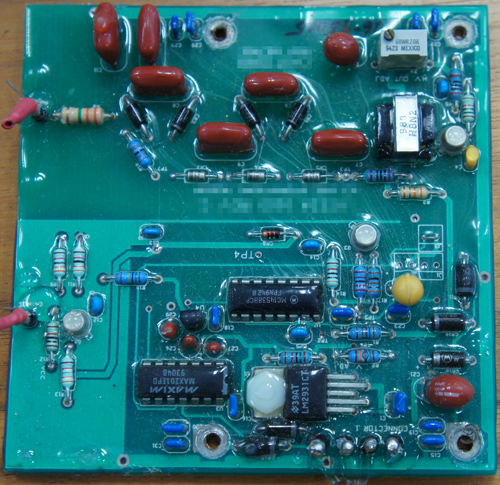I just arrived this morning in Tokyo. I’m here this week for business, and for the Digital Garage New Context Conference. I’m also participating in the RDTN.org project to help deploy a network of connected radiation sensors around Japan.
It’s been almost exactly one month since the devastating Tohoku earthquake and tsunami. The flight here was almost deserted, as many countries still have travel warnings about going to Tokyo (apparently, Singaporeans are actually disallowed travel to Tokyo at the moment). However, as I see it, the amount of radiation I get on the flight to Tokyo is about as much as I’ll get staying here for the week. The flight from Tokyo to Singapore (8 hours length) exposes you to ~33 uSv radiation (taking the measurement of LA-Tokyo as a proxy, which is also 8 hours length). Currently, the level of radiation in Tokyo is around 0.2 uSv/hr. Thus, I would have to spend over 300 hours in Tokyo (over 10 days) to get the same amount of radiation as I would get just getting there and back from Singapore.
We forget that ultimately, we are all nuclear powered. There is this massive, uncontrolled thermonuclear explosion going on right over our heads — we call it the Sun. Going closer to it and clearing earth’s protective atmospheric shield is 100x riskier than going within a hundred miles of the distressed Fukushima reactors. Personally, I’m more concerned about the X-ray machine at the airport — I find myself staring into the guts of the baggage X-ray machine with the red light on more often than I’d like, usually due to some bag stuck on the belt holding up the protective lead flaps that are supposed to shield me from that radiation. I get exposed to that about four or five times per trip.
Of course, the atmospheric readings don’t tell the whole story, there are long-lived isotopes that find their way into the water and food that are hazardous to health. Few people remember this, but Chernobyl covered the EU with Caesium-137, which with a half-life of 30 years, is still very much there; yet I don’t hesitate to go to the regions in the EU that have been covered with the very hazardous, and very much still in existence, isotope.
So all things tallied together, probably the biggest risk I have to my health here is second hand smoke and aftershocks. At the moment, it’s actually safer from the second hand smoke perspective, because there is an epic shortage of cigarettes in Tokyo. Who would have thought that the Fukushima disaster might have in net, a positive impact on the cancer risk of the average Tokyo citizen?
On the other hand, the earthquakes are a very real danger. As a former California resident for a decade, one would think I’ve felt my shakes. However, within a minute of deplaning in Narita, a 6.2 earthquake rocks Japan. That was the most earth-shaking Yokoso I’ve ever received! It definitely woke me up after my red-eye flight — the quake lasted about ten seconds or so, alarms going off, window panels rattling and my legs wobbling beneath me as they negotiate the shaking travellator. The quake triggered an automatic shutdown of the Shinkansen, so I had to take a bus to Shinjuku.
First thing I did when arriving in Shinjuku was buy some bottled water — imported from another country, since in my assessment there is a real risk of tapwater contamination. The shelves at the Family Mart were about half-bare at around 10AM. Certainly, goods are making their way in, but I can tell demand is high and the supply chain is drawn thin. Still, Tokyo people are scrappy and resilient, it’s business as usual here, and everyone is getting along with life.
